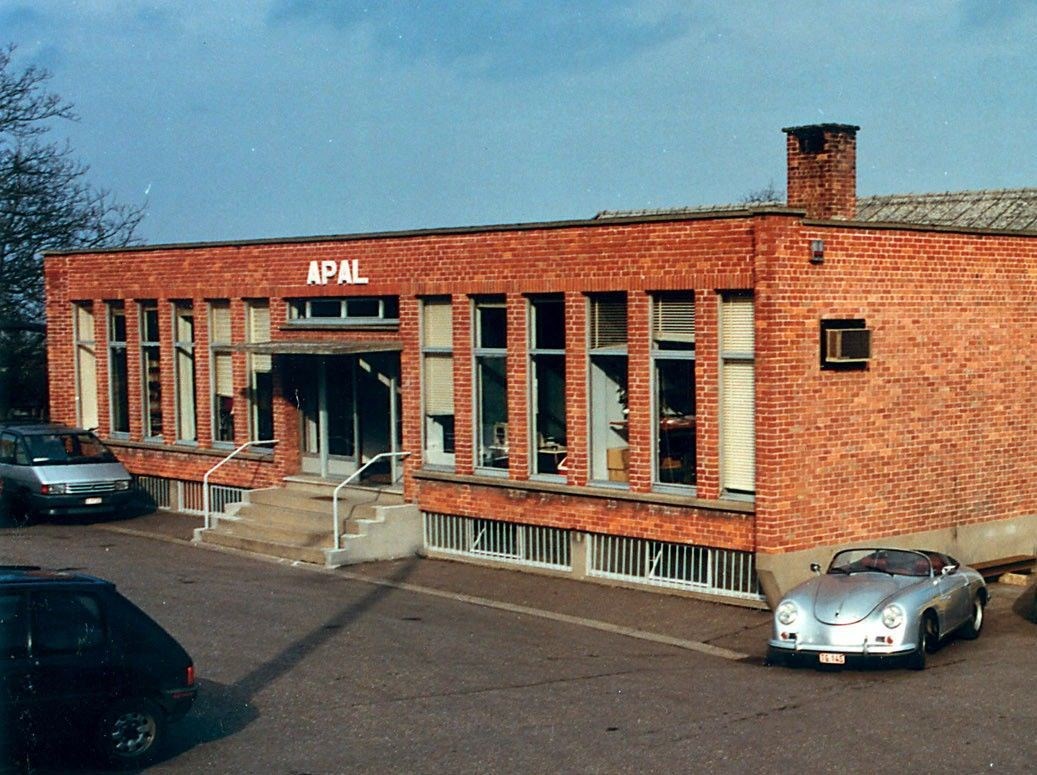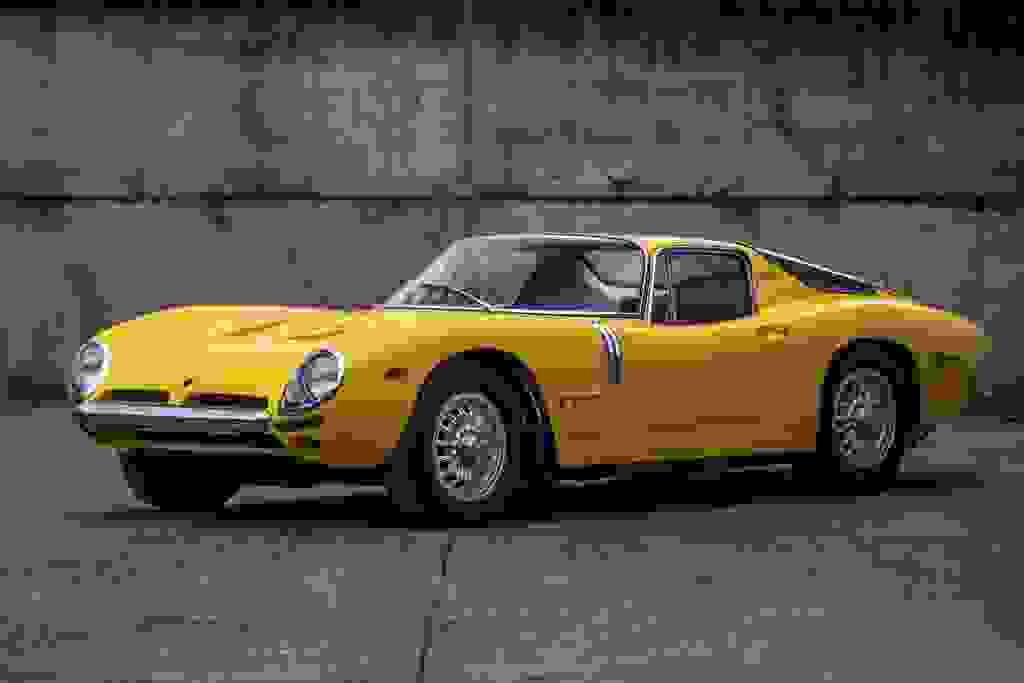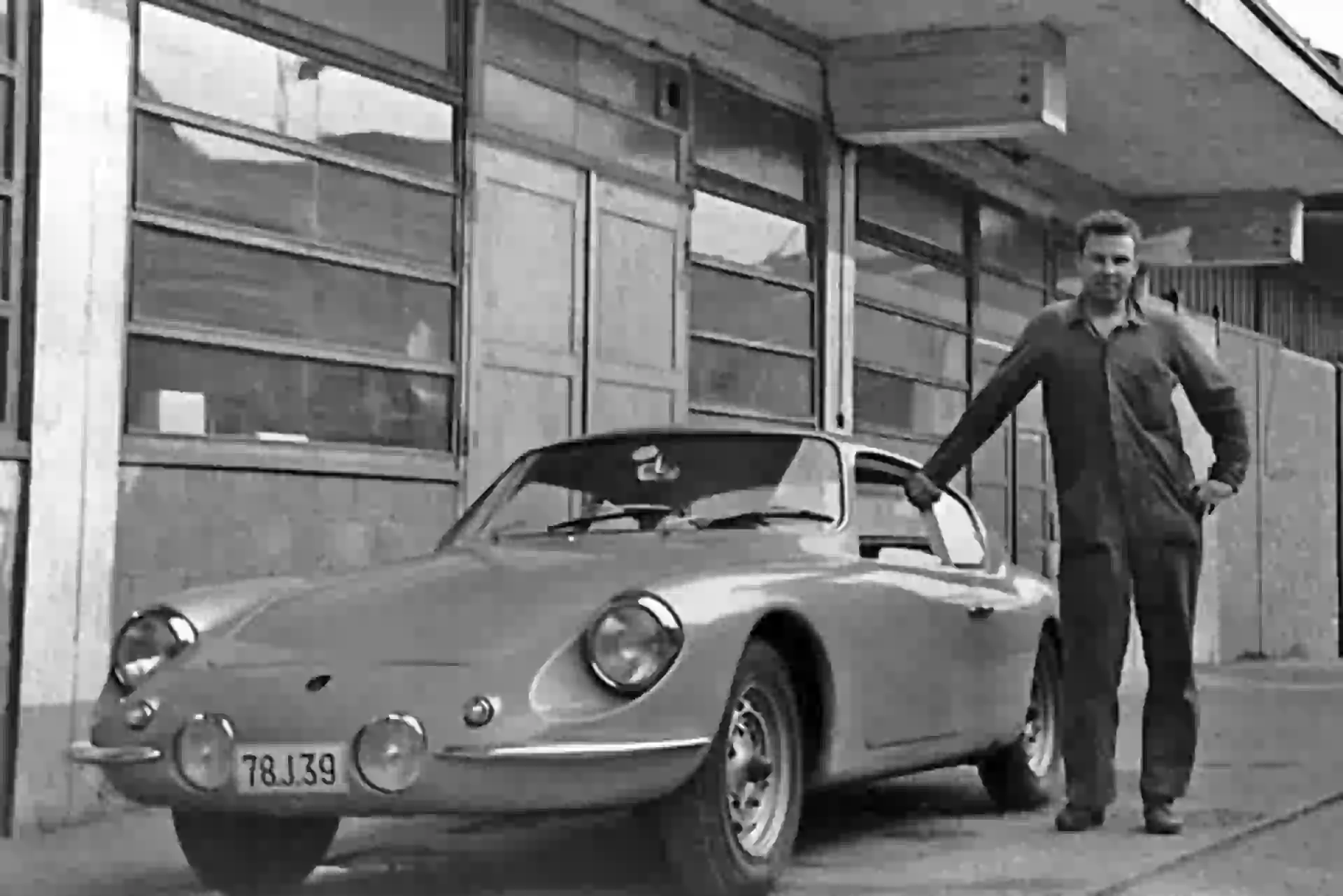
Known to the general public for its buggies, which enjoyed their golden age in the 1970s, Liège-based Apal has produced a number of models that share a certain originality and a body made from composite materials.
Edmond Pery was born in Liège in 1931. Fascinated by cars from an early age, he became a bodywork teacher at a local school. As part of his course, he designed and built a car that reflected his expertise. Based on the platform of a Volkswagen Beetle, this coupé has a removable roof in two parts. One of his students, Bruno Vidick, was fascinated by the project and the two men decided to build another vehicle together. In a small workshop in Herstal, they designed a coupé inspired by the Porsche-Abarth 356. The body was made from fibreglass, a new material that was both stronger and lighter than sheet metal.
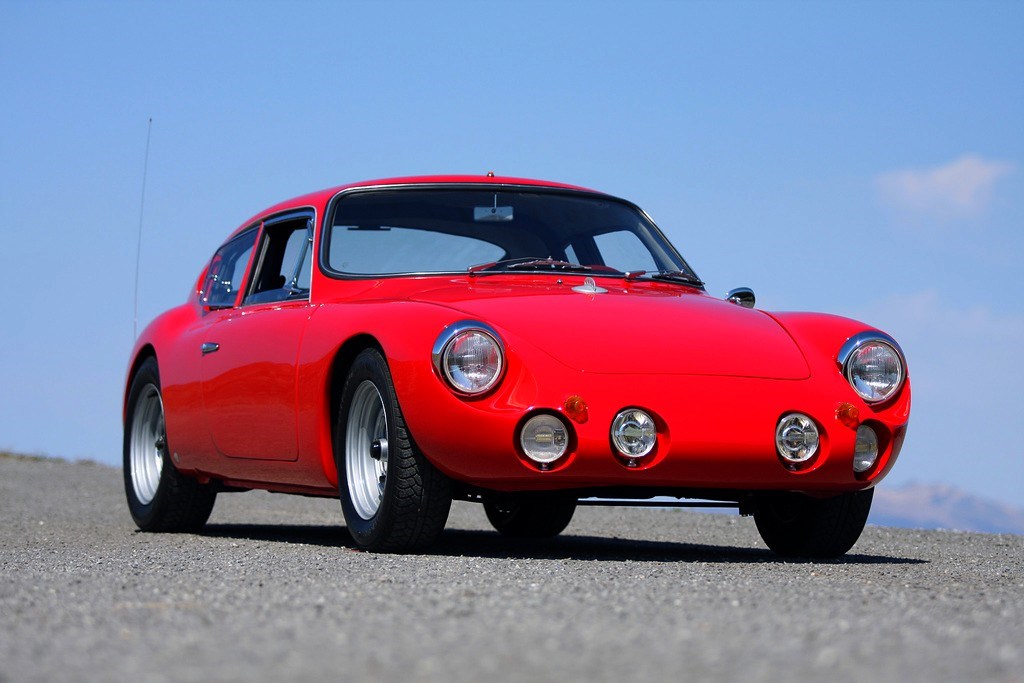
Dreams of grandeur
The company APAL (for Application Polyester Armé Liège) was born thanks to the impetus of Forges de Zeebruges, which invested in the project. Production of the coupé began in 1961 on the basis of Volkswagens supplied by D'Ieteren. The car was an aesthetic success, and 150 examples were produced up to 1966. It was then that Vidick left the company and Apal, too cramped for space, moved to a factory in Blegny. Interested in competition, Pery began manufacturing Formula V single-seaters based on Volkswagen chassis. The operation was a success, with 375 cars built, but the adventure came to an end three years later when a driver died at the wheel of an Apal. The brand would no longer produce racing cars.
.jpeg?width=720&upscale=false)
The right idea
Apal then embarked on a number of projects, including special bonnets for the Triumph Spitfire and the Muschang, a Renault 4L modified as a leisure vehicle. He surprised everyone with the Apal Horizon, a highly original coupé that sold around ten units. However, it was when the firm turned its attention to the Volkswagen buggy that it really made a name for itself. Pery was inspired by American models and presented his own vehicle. It was an immediate success in many European countries. A Renault-based version was also marketed and sold well in France. More and more models were produced, and by the early 1980s, 5,000 buggies were manufactured.
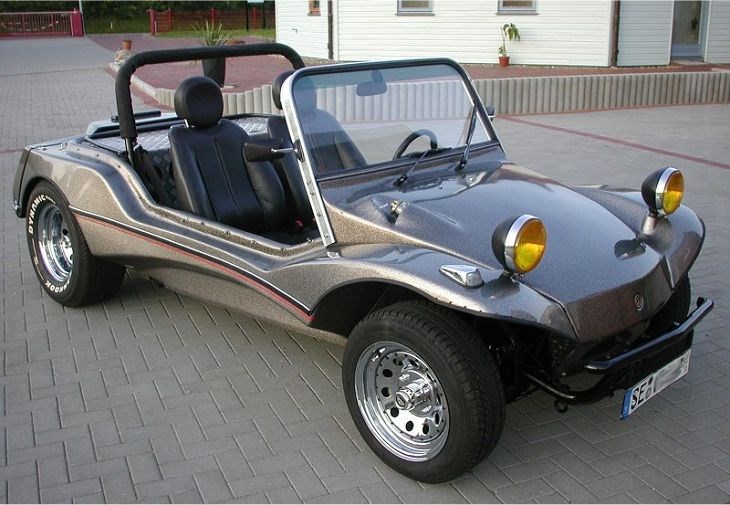
Replica builder
Sales then ran out of steam and Edmond Pery had to find a new product to keep his business going. That's when he decided to make a replica of the Porsche 356 Speedster based on... Volkswagen again! Once again, the initiative was a success, with around 700 cars produced, before the licence was sold to the French manufacturer PGO. Pery then designed the Francorchamps, a coupé based on the Mercedes 190 platform. Two working examples were built, but no buyers were found.

Gradual loss of interest
In 1992, Apal marketed the Sport One, a rather ugly kitcar based on the Pontiac Fiero. However, Edmond Pery had other things on his mind: he was passionate about classic cars, and for years had been restoring marvels from the 50s and 60s, as well as making beautiful replicas that sold for a lot of money. At the wheel of his Maserati Birdcage, he takes part in races involving old Maseratis and Ferraris. Apal stopped making cars in 1998. The company survived for a while by making luxury polyester baths, but finally went bankrupt in 2008. Until his death in 2021, Edmond Pery continued to attend numerous classic car events. The Apal brand is now owned by businessman Charles-Antoine Masquelin.
